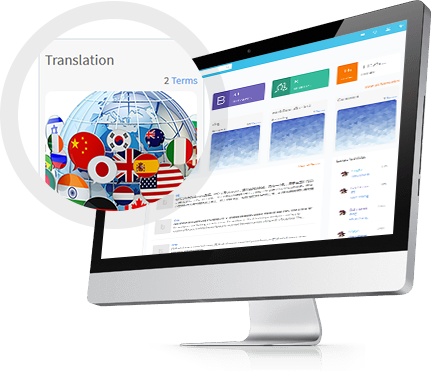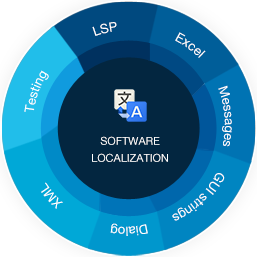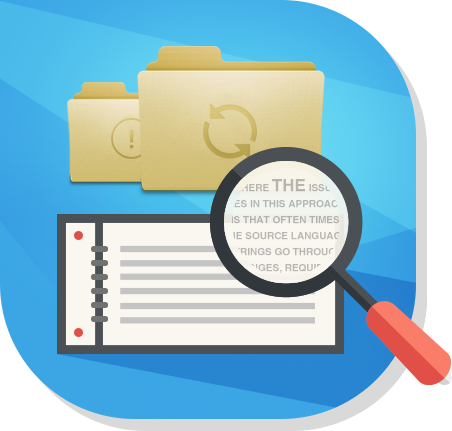
Software localization involves translations of the application user interface (UI) strings as well as the associated online help, user manuals, product website, marketing and sales literatures into various target languages. Software localization allows your product to reach significantly more customers globally. As an example, both Microsoft and Adobe derive more than 50% of revenue from international sales of their software products. Whether it is large scale enterprise software, software within consumer electronics or medical devices, quality localization plays a vital role for a company’s software development business.

Until now, the software localization process involves isolating all text elements first such as GUI strings, dialog box messages and menu text into external resource files. These files are then sent to the localization service provider (LSP) for translation, typically in a static Excel file or RC (resource file) in either TXT or XML format. Next the software vendor compiles the translated strings to create the localized application which then goes though both linguistic and cosmetic testing. Finally, screenshots are taken from the localized software and used in the translation of helps and other product literature.

Where the issue lies in this approach is that often times the source language strings go through changes, requiring the corresponding translations to be updated accordingly. Since the strings are stored offline and in scattered files, this process often becomes time consuming and is prone to errors. Another challenge is that since the resource files are static offline files that are scattered on people hard drives, translation changes are not automatically broadcast to all stake holders causing inconsistent and incorrect strings to be included in the final localized application. This process is usually difficult for version control, translation review and approval. As a result, it often leads to translation consistency (different string translations appearing in the GUI, online help and other user facing content.)
A modern process that centralizes all software strings on the cloud that’s accessible by all team members anywhere in the world and at all times. The process must also integrate full translation capabilities so each software string can be translated, reviewed and approved directly in the system for all to see and reference.
As the world’s largest multilingual terminology platform, TermWiki Pro is ideally built to handle software UI string translations for improved translation quality and efficiency. Its secure platform allows software developers to manage the entire software localization process from initial source string creation, to translation, linguistic review and approval. TermWiki Pro provides all of the following benefits and more:
Centralizing source language strings and all translated versions so they are always accessible by all teams. This ensures all software components such as GUI, online help, user manuals, websites and marketing materials all use the same and pre-approved translations consistently.
Better collaboration. Software development requires effective collaboration among different team members (often located remotely) such as R&D, business development, marketing and translation teams. With TermWiki Pro, different teams can work together on source UI string creation and translation collaboratively, dramatically improving project efficiency.
Context support for better translation quality. Traditional software localization often involves translation of GUI strings without much context information, often leading to incorrect translations. TermWiki Pro revolutionizes the process by allowing each string to have its own description on its intended meaning. It also supports screenshot to show where and how the UI string is used for compliance with length restrictions.
TermWiki Pro also allows for better version control and change tracking as it provides the complete edit history of each UI string and its translations in all languages. Unlike static files that nobody know when a translation is changed and why, TermWwiki Pro provides the complete visibility for all UI string changes.
TermWiki Pro has a built-in translation environment for the complete software localization lifecycle to allow for improved translation quality and project efficiency. Assigned translators and reviewers are automatically notified of pending linguistic tasks. TermWiki Pro also supports the inclusion of screenshots showing the actual software screen, providing the translator with context information for better translation quality.
Industry terminology support. TermWiki.com is the largest multilingual terminology cloud in the world. It has millions of terms and translations in nearly 2,000 subject matter field. TermWiki Pro takes advantage of this large knowledge base by allowing existing translations of standard operating system terminology to be used in your software localization projects for improved quality and efficiency.
Through TermWiki Pro you are able to be collect and store all your source and target language UI strings in a secure cloud which is easily accessible via phone, tablet and computer. In a nutshell, TermWiki Pro helps software companies release applications in global markets faster and with better language quality and consistency.